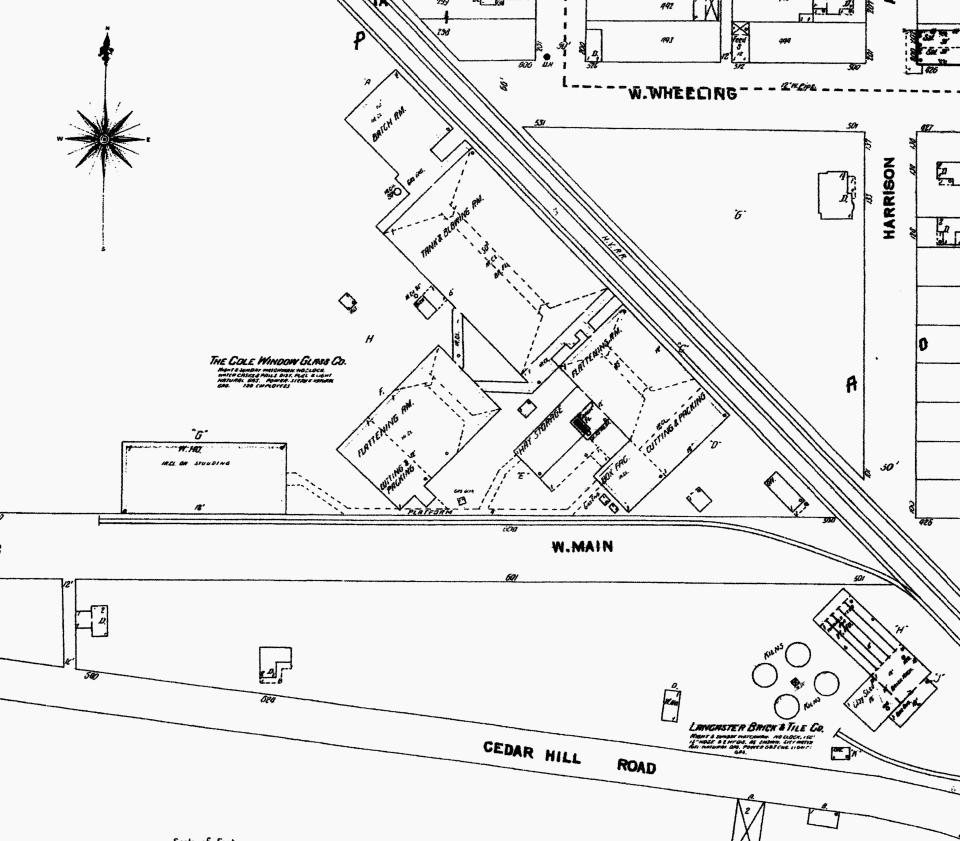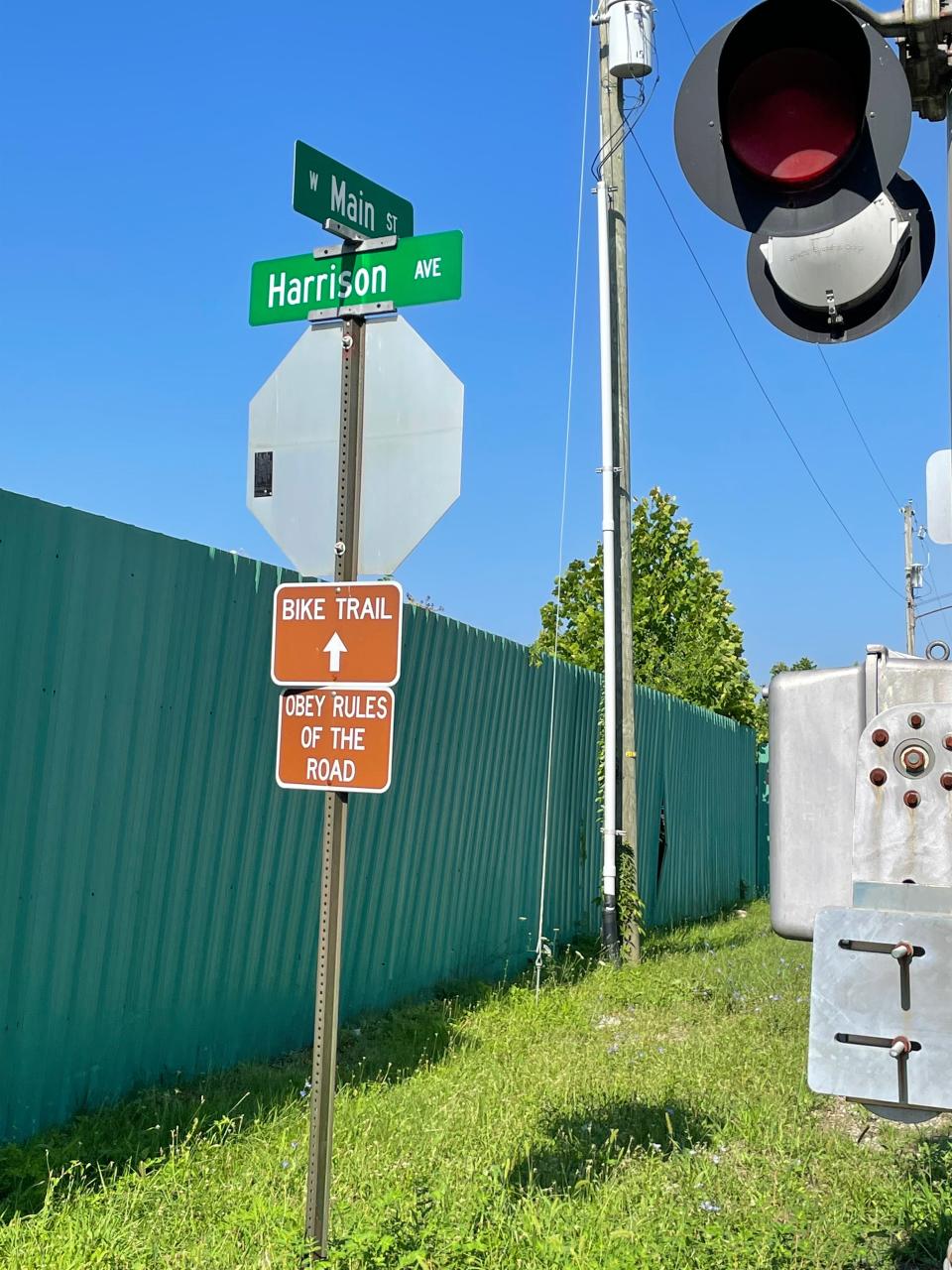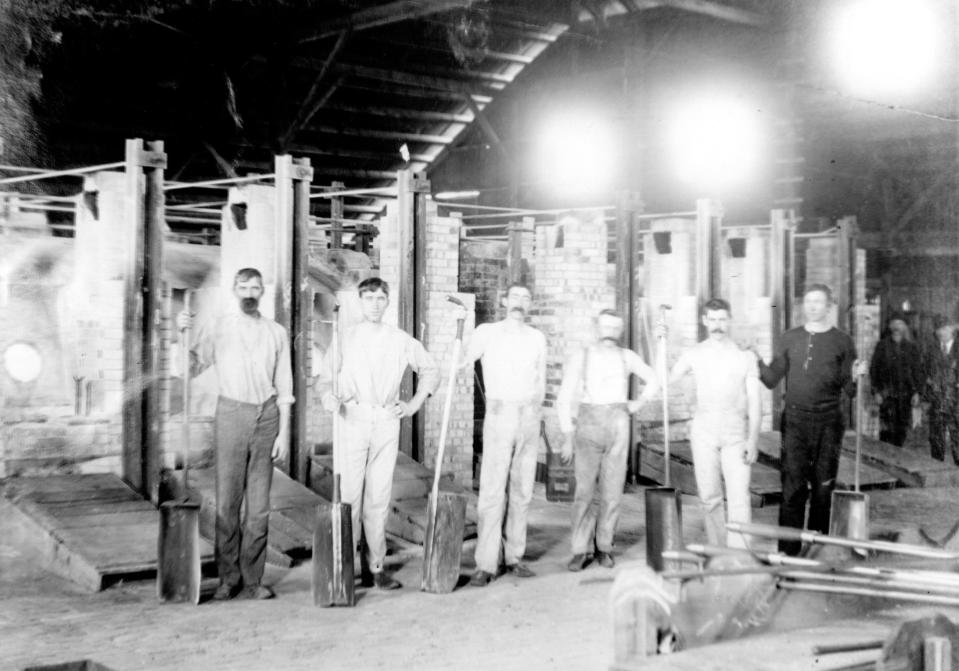Remember When: West Side Boom at Main & Harrison
When someone asks a “simple” local history question, it often leads this writer through the lives of local citizens, and years of buildings, businesses and industries. The “simple question” that led to this article was: “What do you know about an early organ factory in Lancaster?” A friend had seen an organ factory drawn on the May 1893 Sanborn Map.
This search led to Lancaster’s 1889-90 “boom.” The Lancaster Improvement Company was formed by a group of “sterling financiers and energetic business men” with a capital stock of $100,000, who purchased land on the west side that became Lancaster’s Pioneer Addition (Gazette 6 March 1889). This article stated the new company was “backed by men of brains, pluck and greenbacks, who offer inducements to the world!” The company recognized the value of holding out inducements to foreign capitalists to invest in a growing city. They were going to drill gas wells, donate land and gas to new companies, and “provide all other requisites for a live modern city.”

It is difficult to read the local newspaper articles of 1889-90 and keep up with all the land purchases and businesses built. Think INTEL of the 19th century! This description originally printed in the Scioto Gazette appeared in the Lancaster Gazette (5 June 1889), “Lancaster is having a veritable boom, in consequence of its natural gas. Factories of every description are locating there, and that old sleepy city is waking up and shaking herself.”
The Gazette (10 July 1889) announced the Board of Trade had secured architect Vincent Wyss, and his brother Gotthard, to construct all the buildings of the Feil de Grandmont Glass Works by Oct. 1, for $16,300. Ground was broken Aug. 28th on the south side of Main St. west of the C. H. V. & T. railroad. The three buildings were to employ 100 hands.
Remember the early “organ factory” that began this search? In March 1890, William Matson moved to Lancaster from California because he was attracted by Lancaster’s boom. He was an organ builder by trade and formed a “partnership” with the Wyss brothers to build a factory. The Daily Eagle (26 April 1890) reported: “The musical factory is one of the best built buildings in the Pioneer Addition. It is said when this plant is in good running order it will employ 100 men.”
All did not go well. It appears no organs were ever built. We found William Matson was bound over to the United States Grand Jury for “mail fraud,” (15 Nov 1890 Gazette). “Built for Organ Factory. In hands of receiver. Langerfelder,” was found written on the 1893 Sanborn Map beside a drawing of the factory.

By 1895 a non-denominational Mission Sunday School had been opened by J. D. LaRoss in the “old organ factory.” It was there only a year before moving. Mrs. Homer Hart shared her memories of the factory and an old train bell that called West Side children to Sunday School in the 11 Oct 1941 E-G.
By 1898 this West Lancaster neighborhood was booming again when “failing gas” in Indiana brought the Cole & Case Glass Co. of Dunkirk, IN to Lancaster to manufacture window glass. C. P. Cole (1856-1919) had a national reputation, and his company was a power to be reckoned with.
By 1899 the Gazette was asking: “Over 100 families will soon be ready to move to Lancaster. Where will they go? There are not enough houses in the city at reasonable rental.”

The Cole Glass Co. became the Fairfield Glass Co. under leadership of Leopold Mambourg in 1916. It then became the Fairfield Sheet Glass Co. and was purchased in 1928 by the Libbey-Owens Sheet Glass Co. of Toledo. Dec. 19, 1933 the Daily Eagle announced Mambourg had been told to empty the factory. Lancaster Iron & Metal Co. bought the vacant plant with four buildings and its six acres (valued at $44,000) in April 1934.
After 36 years of manufacturing window glass, plate glass and safety glass, this once proud building was out of the glass business.
Readers may contact Harvey at joycelancastereg@gmail.com
This article originally appeared on Lancaster Eagle-Gazette: Remember When: West Side Boom at Main & Harrison

